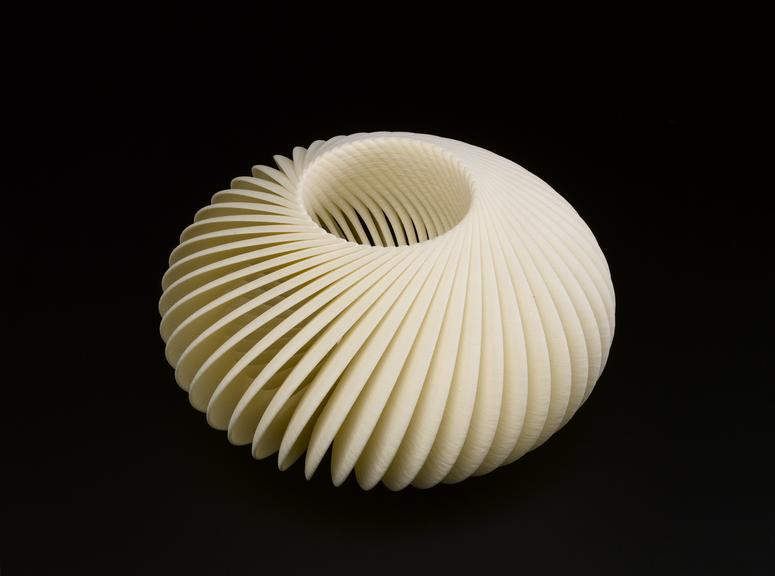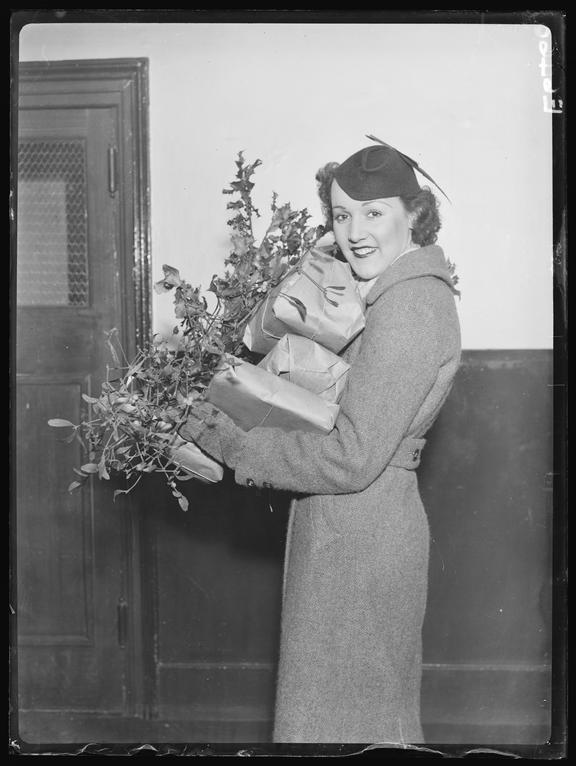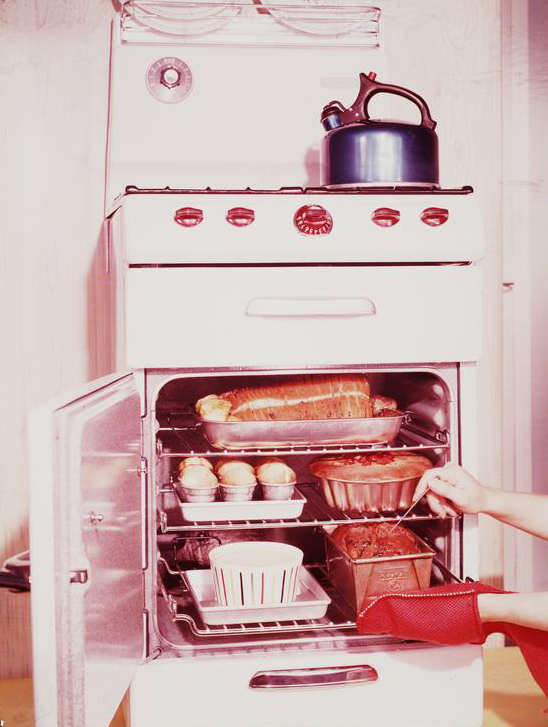‘Ghost of the Future.’ he exclaimed,’I fear you more than any spectre I have seen.’ Charles Dickens, A Christmas Carol, 1843.
Travelling back to the future can be somewhat unsettling. In 1998 I wrote Can Reindeer Fly?, a mildly bonkers book about the science of Christmas, which ranged far and wide across the seasonal hoopla, from how Santa delivers all those presents as reliably as Rudolph’s nose is red to a theory that the symbolism of the celebrations owes a surprising debt to the potent mind-altering chemistry of the iconic red and white fly agaric toadstool.
For a final flourish, I speculated on what then seemed like an impossibly distant prospect, musing about the impact of technology and innovation more than two decades into the future – in Christmas 2020.
Now that I am about to enter my own Christmas future, how well did I do? Well, as the quantum pioneer Niels Bohr once remarked, “it is difficult to predict, especially the future”.

Leaving aside the odd feeling that comes when revisiting a book you authored such a long time ago (did I really write this?), my Christmas 2020 chapter is not too bad, albeit a bit clunky. I speculated about flat-screen TVs (good), atmospheric engineering (still controversial, and now better known as geoengineering) and a Christmas feast of GM hi-fibre cloned turkey breast fillet engineered with a mixture of tenderising enzymes and Maillard reagents (so much easier to do today with gene-editing technology, but …hmm).
I talk about a ‘3D fax’, using a technology of that decade (the fax machine, which is heading for extinction outside the NHS) to refer to what today we call 3D printing, which is a reality, though not as ubiquitous as I had expected. I thought that by 2020 the UK would be spending ECUs (the predecessor of the euro) not pounds – how could I have ever anticipated all the political dramas that paved the way to Brexit?

I did have the clever idea that we would use ‘game theoretic software’ (game theory is a powerful tool to understand cooperation, such as being charitable) in conjunction with a kind of AI called a neural net to work out the value of presents to select the appropriate reciprocal gift to instantly send back to the donor via their own ‘3D fax’.
Huzzah – no more cringing with embarrassment at having forgotten a present, or having to think about how to reciprocate a present you did not want in the first place. The AI would also have crafted a ‘personal message’ of thanks, lovingly crafted by ‘fuzzy logic’ (which no one really talks about much today, though I did also mention using quantum encrypted credit checks and gene chips to check the turkey for harmful bacteria, both of which feel au courant).

I seemed to think we would be using VR to shop online (half right, I guess, given the rise of Amazon and so on) and how strolling around a virtual store as an avatar, one could enjoy ‘the last-minute frenzy without all the physical hassle, trolley rage or fights over the last remaining turkey or mince pie’.
More motivated by seasonal gluttony than modern preoccupations with obesity, I also envisaged how – while preparing the Christmas meal – I would overrule a request that I boil my potatoes from a kitchen gizmo, the ‘Dietmate’, by barking back to the machine that dripping be used to roast them (goose fat was not a thing back then).
There is also a dark hint of what is in store for Alexa, Siri and their ilk in the phrase: ‘The Dietmate began to plan low-fat retribution for Boxing Day.’

My 1997 vintage Christmas Day 2020 culminated with a ‘virtual Highfield family reunion’ in an online space designed by Disney imagineers, populated with virtual celebs and long-dead relatives that had been digitally revived, all brought to life with the help of ‘smelly-vision’ and jokey avatars.
When it came to my digital persona, I went for Thomas Nast style Santa garb, a seasonal cinnamon odour and selected a winged Rudolph to get me around. ‘The motion feedback chair made me feel a little seasick when my reindeer started to fly.’
As a synthetic orchestra and choir began to play a carol and a ghostly image of Marley appeared in my virtual family gathering, I concluded my little glimpse of the future thus: ‘As I sat under my cloned tree, I swallowed a smart pill to try to help unlock some of my childhood memories. The snow, seeded with silver iodide, continued to fall outside. I felt a warm glow inside. You can’t beat a traditional Christmas.’
What about Christmas 2040? It is no accident that the Ghost of Christmas Yet to Come appears in Dickens’ A Christmas Carol as a mysterious and unknowable spirit who is shrouded in darkness.

My curatorial colleague, Glyn Morgan, makes the point, as many have done before, that science fiction reflects the preoccupations of the day rather than a glimpse of the future. However, he goes on to say that this is what makes science fiction so special: ‘it’s a living breathing genre, constantly on the move, constantly adapting, evolving, being added to and enriched.’
In a similar way, the Ghost of Christmas Yet to Come will always be a mysterious shape-shifting mirage, a tantalising prospect that always lies just out of the reach of scientific rationalism.
